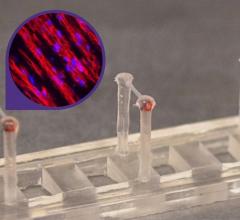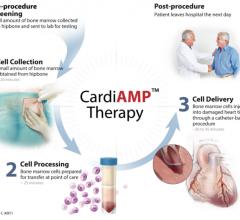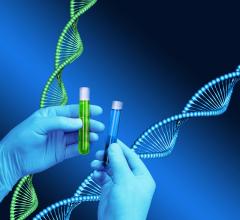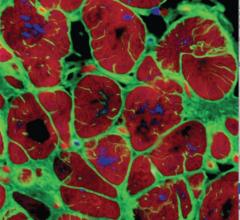News | February 07, 2014
Engineered Cardiac Tissue Developed to Study Human Heart
February 7, 2014 — Scientists at Icahn School of Medicine at Mount Sinai may have developed a tissue model for the human heart that can bridge the gap between animal models and human clinical trial patients.
Mount Sinai researchers generated their engineered cardiac tissue from human embryonic stem cells. The resulting muscle has remarkable similarities to native heart muscle, including the ability to beat and contract like the human heart. This research study was highlighted as the cover story of the February 2014 issue of The FASEB Journal.
"This could help accelerate and revolutionize cardiology research by improving the ability to efficiently discover, design, develop and deliver new therapies for the treatment of heart disease,” said Kevin D. Costa, Ph.D., associate professor of cardiology and director of the Cardiovascular Cell and Tissue Engineering Laboratory at the Cardiovascular Research Center of Icahn School of Medicine at Mount Sinai. “…and by providing more efficient screening tools to identify and prevent cardiac side effects, ultimately leading to safer and more effective treatments for patients suffering from heart disease.”
The international team of researchers led by Mount Sinai created human engineered cardiac tissue (hECTs) within a custom bioreactor device designed to exercise the tissue and measure its contractile force throughout the culture process. Within seven to 10 days, the human cardiac cells self-assembled into a 3-D tissue strip that beats spontaneously like natural heart muscle, and can survive a month or more for long-term experimental testing. These hECTs displayed contractile activity in a rhythmic pattern of 70 beats per minute on average, similar to the human heart.
Research results show the heart tissue model responds to electrical stimulation and is able to incorporate new genetic information delivered by adenovirus gene therapy. During functional analysis, some of the responses known to occur in the natural adult human heart were also elicited in hECTs through electrical, mechanical and pharmacological interventions. Some other responses of hECTs more closely mimicked the immature or newborn human heart.
For more information: http://www.mountsinai.org
© Copyright Wainscot Media. All Rights Reserved.
Subscribe Now


 November 19, 2021
November 19, 2021 









